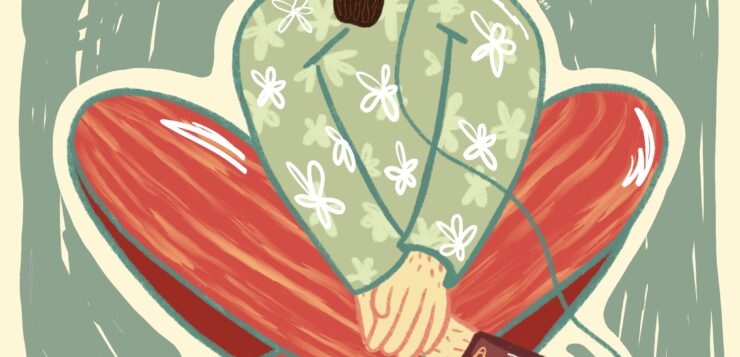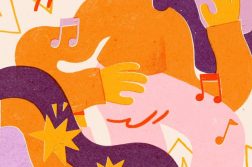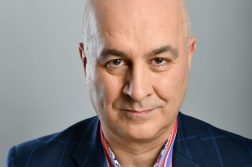“He’s autistic. He can’t communicate with you.”
This line was included in a Law & Order rerun filmed and produced in the mid-1990s. The ease with which the show’s prosecutorial team wrote off their autistic witness shook me from my drowsy reverie as I watched the episode in bed.
I was born in 1996– and wasn’t diagnosed with autism until I was 24 years old. The casual ableism of this episode— and conversations with my mum— made plain what I always suspected: when my mum had a female child who walked and talked early, who exceeded all developmental milestones, an autism diagnosis was never even on the table.
Why? Because, in the 90s, medical professionals had a very clear concept of what they thought autism was. At that time, autism meant (male) children being locked away inside their own heads, unable to communicate. Whether autistic kids even felt emotion was up for debate.
I can see how that perspective created the perception that autism was a defect which needed to be “fixed.” I can see why parents saw an autism diagnosis as a kind of living death— a heart-breaking guarantee that their child would never have a happy, fulfilling life. But that perspective failed to consider the reality of autistic people like me.
I’ve always been social, outgoing, and chatty. From kindergarten through to undergrad, I excelled in school. I made friends, I was invited to parties, and I appeared to be confident about speaking up for myself. So I can see why no one would look at that evidence through the lens of the 90’s definition of autism and think, “That child must be autistic.”
But the 90’s metric for measuring autistic kids never accounted for the feeling that haunted me until I turned 24: the belief that everyone else was part of a club I had never been invited to join. Other people seemed to know what to say in social situations. They found it easy to make small talk, to hold eye contact, to make the right facial expressions in conversation with other people.
Where everyone else appeared to instinctively possess that knowledge, for 24 years, I felt like a robot simulating humanity. How long were you supposed to make eye contact? How long before you’re supposed to look away? Am I smiling enough? Am I smiling too much? Does my expression match my tone? Do I look human enough?
I was 6 years old when I began learning to navigate life with these exhausting questions gnawing at my every social interaction. I was too afraid to tell my parents I lived with these fears. If I talked about it, would we discover I wasn’t actually a real person at all? What would happen to me if people knew? As far as I knew at 6 years old, I was the only person in the world who felt like that. So, I struggled alone in a silent hell.
Over the years, I developed coping mechanisms. Hold eye contact for 3 seconds, blink, smile, look away. Make a joke, get people laughing; if you’re funny, nobody’s looking too closely at everything that’s wrong with you. Don’t get too close to anyone, keep interactions short; anybody can seem normal for 5 minutes at a time.
For 24 years, these practices helped me present as neurotypical. As long as my anxieties were masked by a smile and academic success, I didn’t get branded ‘weird.’ It wasn’t a real or fulfilling life by any stretch of the imagination, but it helped me survive. And that’s exactly the problem.
When an autistic person can successfully mask as neurotypical, it might help them survive on a daily basis but it also prevents them from accessing support. If no one sees you as autistic, no one recognizes that you need help. No one sees how you struggle with things that could be made easier by the resources that come with an autism diagnosis.
And, in this respect, masking my autism for so many years has made me feel invisible. It’s a reminder of the glaring dichotomy that exists between what people see and what I actually feel.
But in the 2 years following my diagnosis, I’ve learned more about living with invisible disabilities and the challenges of explaining those disabilities to others. I’ve learned that, after so many years of pretending nothing was wrong, I now have to work hard at being vulnerable, at letting people see that I do struggle, and helping others to understand the challenges I live with.
After 24 years of erasing myself into invisibility by projecting neurotypical traits, I’ve found agency and self-respect through being honest about my autism. I’ve learned that people will be kind and understanding when I explain that crowds can be overwhelming for me, that I struggle with loud noises, or that I may need a minute to think before responding in social situations.
I’ve learned that it’s okay to ask for support, to struggle with things, and to admit that my brain works differently. And, after years of feeling invisible, I’ve found that challenging misperceptions of autism by inviting people to understand and engage with my lived experience is the best way to reverse my invisibility and let people really see me.




